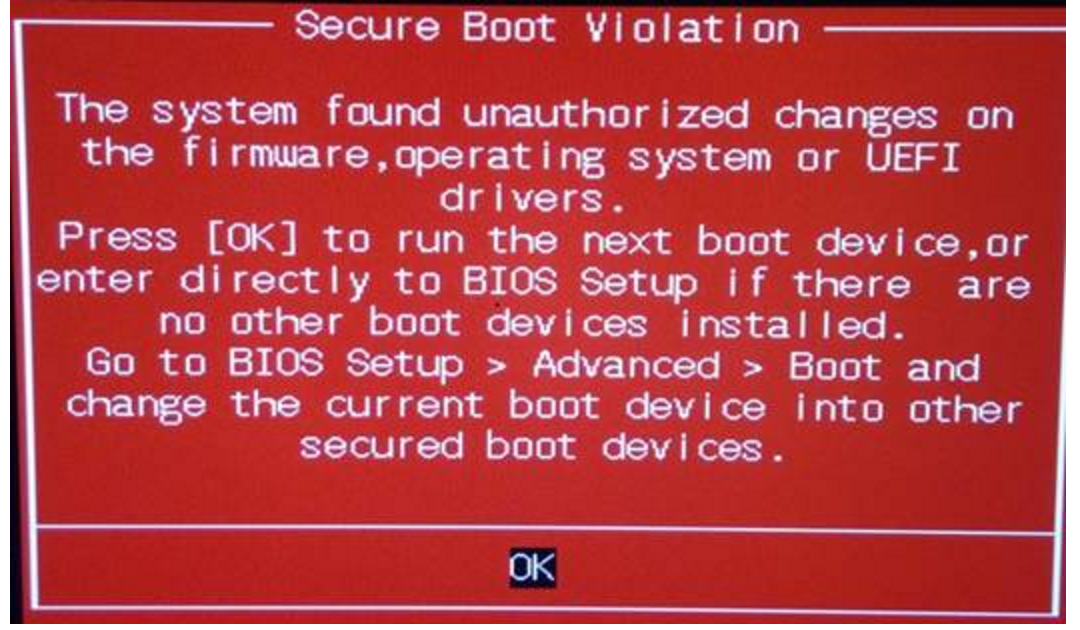Recommended update KB3133977 disables some Windows 7 x64 computers.

Everyone knows what efforts Microsoft is making to transfer the user base to the new Windows 10 operating system. But what it has done now is absolutely inexplicable.
In short: Microsoft made a small but completely strange change in Windows Update on Windows 7, which disables computers with Asus motherboards. Then, Microsoft confirmed that with this update, computers really do not boot, and recommended upgrading to Windows 10.
However, about everything in order.
')
March 15, Microsoft rolled out a new update KB3133977 for Windows 7. Update KB3133977 is completely insignificant. If anyone is interested, it fixes a bug in update KB2990184 , which, in turn, eliminates the vulnerability with incorrect storage of the Federal Information Processing Standard (FIPS) password for Active Directory in FIPS compatibility mode.
It immediately turned out that the update is incompatible with computers that run on Asus motherboards with support for Secure Boot in UEFI . Under certain conditions, these computers refused to boot, giving an error message (see the screenshot above). The problem didn’t touch anyone, because this update for Wndows 7 was optional, so only a small number of users installed it.
They knew about the incompatibility of the patch at Asus , they also knew about Microsoft .
Asus motherboard owners didn’t have to do anything — just don’t install this update. In general, nothing special.
So, on April 12, for some reason, Microsoft changed the update status of KB3133977 from “Optional” (Optional) to “Recommended” (Recommended). At the same time, the company knew in advance what problems this would lead to on computers with Asus motherboards, Forbes reports .
Asus is one of the world's largest manufacturers of computer components. Asus motherboards are installed in many computers, and in recent days a stream of complaints has fallen from users.
Asus has posted a FAQ in which it showed step by step how to disable UEFI Secure Boot in the BIOS.


Well, Microsoft on the support site explained that the error was caused by Asus motherboards, which activate the default Secure Boot mode, although Windows 7 does not support it.
Microsoft also added that the Secure Boot feature is supported in Windows 10, and has published a link to a page with information on how to upgrade from Windows 7 to Windows 10 .
What can I say? Suppose Microsoft did not want to intentionally create such problems for millions of users. But if problems even arose through someone else's fault, using this opportunity to promote Windows 10 is somehow ugly.
Source: https://habr.com/ru/post/393691/
All Articles